|
After the artists research trip to Israel and Palestine, ArtUp received funds from The Investing in Professional Artists to bring in Palestinian artist, Basha Alhroub to the US in July. Much of Bashar’s time was spent learning about the invisible walls that separate cultures, neighbors, and ideas from one another here in the States. He traveled from NYC to the Northeast Kingdom of Vermont…smoking the whole way! Bashar cooked for us, made art with us, researched his installation, met with Pittsburgh Filmmakers and created footage for a film to open in Tunisa and Jordan in 2015. He toured The Hill District, The North side, the East End, Braddock and Homestead steel mills, museums and schools, meeting with artists, educators and community activists.
The following are a continuation of images of the artists, speakers, places visited and quotes from the Pittsburgh team: We leave the church for the most delicious falafel, foul and hummus we've had the entire trip (and we have had a steady diet of it). We eat in an early refugees basement establishment. When I say basement, we are talking about stone caverns that have become cool refuges, shops and homes. We then visit Palestinian artist Munther's studio. He and his brother Ibrahim moved back from Ramallah to start some kind of cultural life in the town where there is no awareness or support for contemporary art, no scene whatsoever. Munther's makes paintings of a Palestinian "terrorist" watching TV with his family, and doing other ordinary things. He and his brother, a young performance artist, hope to turn their studio into public gallery and, if they can raise the funds, buy the place next door to start a coffee shop and meeting place. Bethlehem Studio 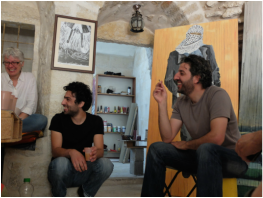 At the Tent of Nations the fog comes in so quickly. Air raid sirens (test) is no test. Its amazing sound that booms throughout the valley is meant to be the voice of an omnipotent god proclaiming their wrath. It caught us unprepared and went unrecorded. Tent of Nations ( www.tentofnations.org ) We wait for the Friday prayers to end, which is when everyone goes to the wall. We walk along dirt roads, past scarecrows and a sway backed emaciated donkey and hear and see the settlers from afar yelling and waving from the precipice of the sheer rock that creates a fortress-like effect. Recognizing how little I really know, I understood my role on this maiden voyage to be one of listening and learning. Our power-packed itinerary of meetings, home stays, and neighborhood tours with Israeli and Palestinian activists, artists, curators, border crossings, homestays, and demonstrations felt like a tidal wave. Coming up for air did not seem to be an option… As I continue to unpack the massive spectrum of perspectives we experienced on this first mission, I am starting to GET that there is something constructive that we might be able to do. Gigapan training from Israeli artists to maker of 5 BROKEN CAMERAS, Bil'in Tear gassed in Bil’in today and we weren't even that close to the wall. Stayed with head of bilin council, brother of director of 5 Broken cameras. Celebrated his 8-year-old daughters birthday with extended family. Met director too and gave him special camera . 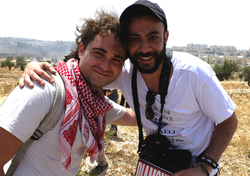 Everyone we've met has said that they want the right to return, but that they realize that does not mean they want to displace Israelis who have also been born in this land. They realize that such displacement would also be painful, but want the right to return and the right to buy and own land where they once lived, even if not reclaiming their former homes It was surprising and humbling to see many examples of a steadfast desire for a diverse culture. People throughout the region are finding very creative ways to refuse to be enemies despite an overwhelming infrastructure that chips away at their basic sense of human dignity and friendship on a daily basis.
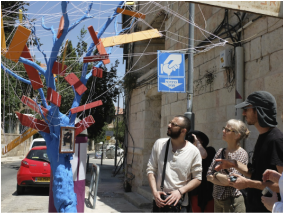 The following are images of the artists, speakers, places visited and quotes from the Pittsburgh team. The goal is to document their thoughts and travels through “The Holy Land”. It is important to note everyone had different backgrounds and personal borders/limits. Some of those limits were based on family responsibilities, some of them were legal or government imposed limitations that denied artists access. ArtUp was able to get the Israeli artists into Palestine but unable to get the Palestinians into Israel. The delegation spent time in Tel Aviv and Jerusalem where they spoke with arts leaders and visited museums & studios. They traveled from Jerusalem through the Qalandia check point to Jenin (Freedom Theatre) and on to Bil’in. From Bil’in the delegation traveled to Ramallah to Bethlehem, to Hebron and back in Israel—to Tel Aviv, Jaffa, Haifa and back home. Quotes from the artists’ journey are below. Museum show titles in three languages. Explanatory texts within the museum only in Hebrew and English. Hyla first called our attention to this. I had focused on what was absent in the translated wall texts in English that wouldn’t indicate that the work described referenced the occupation at all. Several works undeniably spoke to the oppression and presumably are easier to digest or overlook if not described as doing so. Yehuda from Breaking The Silence (www.breakingthesilence.org)
Fear before entering Palestine so palpable heightened by signs proclaiming that it is illegal for Israelis to enter and that to do so puts their lives at risk. Only 8% of military has direct contact. Maintain the myth. Perpetuate the fear. Create all monsters. 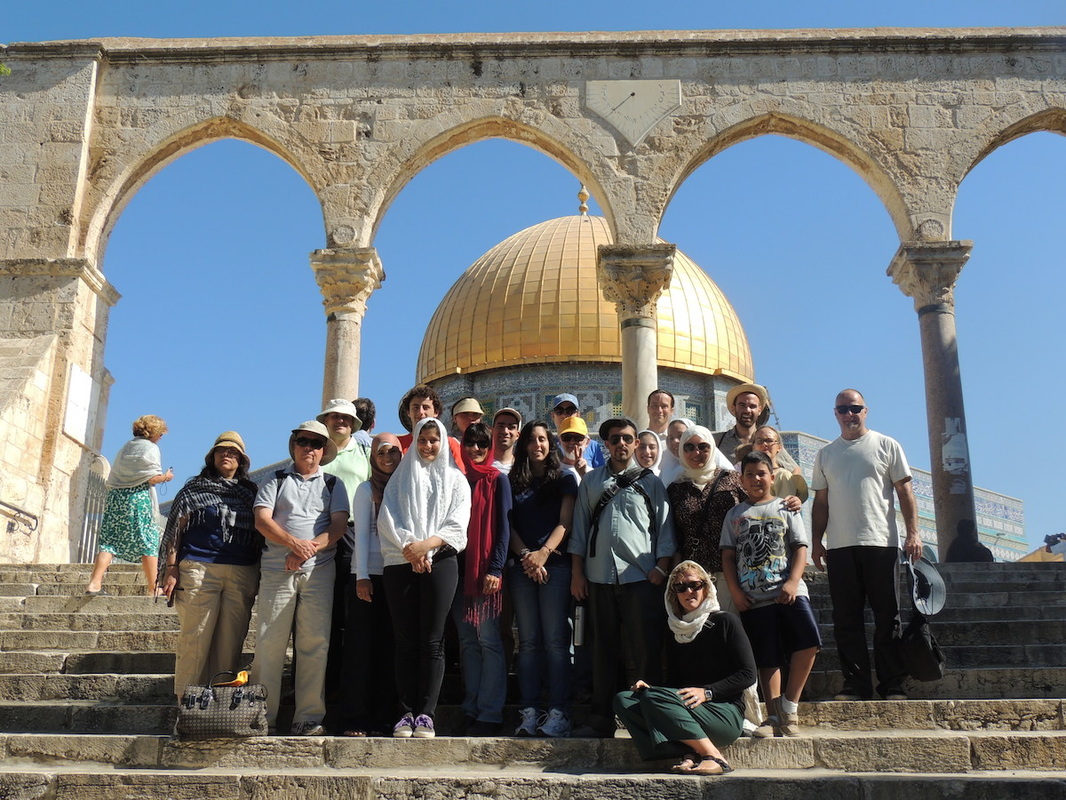 In the summer of 2012 Tavia La Follette, founder and director of ArtUp traveled to Israel and Palestine with the Interfaith Peace Builders Network, an off shoot organization of The Fellowship of Reconciliation. This was the first step in the next Sites of Passage project. Sites of Passage (SOP) took artists from three different countries: Palestine, Israel, and the United States and placed them together to discuss BORDERS, WALLS & CITIZENSHIP (the name of the show/project). These three words are charged and resonate in all three regions. The artistic dialogue occurred through a virtual and tangible art exchange process. The physical and web-based points of intersection were key to the methodology.
SOP is also the next step in the evolution of ArtUp, moving to build an international network of artistic exchange based in Pittsburgh. The Egyptian prototype took place as the U.S. entered the 10th anniversary of 911, as the revolution broke out in Egypt, stimulating the Occupy Movement here in the States, and lastly while both countries went into an election for a new leader. This made the artistic dialogue all that much more rooted in change and fueled passionate points of views. Similarly, to the Egypt project, La Follette chose countries in conflict and politically minded artists to interact with. As the world is evolving and as the project title (Sites of Passage) alludes to, La Follette asked these artists to take a Rite of Passage towards a world that does not build walls, define borders and where everyone is a citizen. The artists all agreed that this project had to be about human rights. 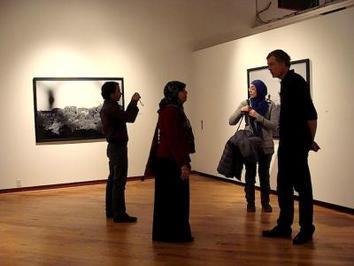 After much red tape and support from both the local and international community, ArtUp gathered enough letters of support to get approval from Homeland Security to bring the Egyptians to Pittsburgh for the exhibit's closing events. Because of the superfluous paper work for special petition visas and to help finance artist Amado Al Fadni’s ticket, the organization reached out to their audience/supporters. Unlike in the U.S., if you are born in Egypt, that does not mean you are an Egyptian citizen. Al Fadni carries a Sudanese passport and by international law, could not have a layover in Europe without a time absorbing & expensive transit visa. Without the generous donations from ArtUp followers, Amado would not have been able to participate in the final closing events. Thank you ArtUp and SITES OF PASSAGE supporters for making this possible!! ArtUp would also like to extend a special thanks to The Mattress Factory Museum, Jaren Love and Senator Casey’s office, the World Affairs Council, the Center of Arts in Society at CMU, the University of Pittsburgh Theatre Department, the U.E., AFTRA, Gateway to the Arts, the Ellis School, and Ambassador Cynthia Schneider for all their hard work in making this trip for the Egyptians possible. The project would never have come to fruition if it were not for the generous founding support of The Heinz Foundation, The Pittsburgh Foundation and the Pennsylvania Council on the Arts, Artist Residency Egypt, and the Fayoum International Art Center. There was such an outpouring of interest to see the Egyptians that ArtUp had to unfortunately turn down offers to visit many local artists, organizations and institutions. There simply were not enough hours in the day. However, the Egyptians saw snow for the first time in their lives and were able to tour select schools, art studios, museums, and organizations in the Pittsburgh area. A few Pittsburgh artists were able to lead private tours for the Egyptians around town. Stops included Pamela’s in the Strip District for a great American breakfast and the CREATE Lab at Carnegie Mellon University’s Robotics Institute, where the Egyptians got to ride in an electric car and play with the Gigapan camera! Tours of the Mattress Factory Museum, the Carnegie Museum and the Warhol were a huge hit- while studio visits were also essential to the cultural emersion, meeting sound artists like tENTATIVELY a convenience and fellow Egyptian artist Kamal Youssef and his family in Amish country. Charlie Humphrey was very generous with his time and gave the delegation a tour of Pittsburgh Filmmakers, The Pittsburgh Glass Center, as well as the Pittsburgh Center for the Arts. The Egyptians also got a chance to talk and interact will Ellis students where Director and co-Curator La Follette runs workshops. The artists addressed the upper school, made visits to the Art History class and met with a room full of 5th graders studying ancient Egypt. These 5th graders had some of the most honest and interesting questions! The Egyptian’s also got a taste of good ol' U.S. consumerism. Apparently Pillow Pets are no longer just a U.S. phenomena! Sites of Passage officially closed on Saturday, February 11th, 2012. Stay tuned for more information on our next Tunnel - rumor has it that it will likely be digging with Israel / Palestine!
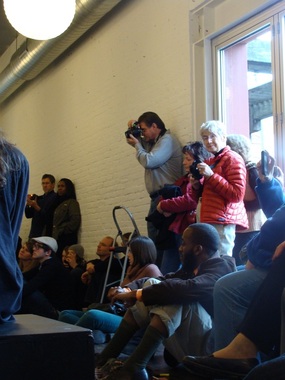 Art as Action is part of the ArtUp philosophy. As producers of the Firefly Tunnel Project, it was important for the ArtUp (www.artup.org) organization to see the project reach beyond the walls of the Mattress Factory Museum and flow out into the community. Part of that outreach consisted of working with Hope Academy. Hope Academy operates out of the East Liberty Presbyterian Church and offers low-cost or no-cost after-school and Saturday courses and private lessons in dance, music and theater for 4- to 18-year olds. Founder of Firefly Tunnels, Tavia La Follette, worked with Founder and Director of Hope Academy, Linda Addlespurger, to find an appropriate connection for the young urban students. They both agreed that working with teenagers who could grasp the complexity of the project and be able to apply it to their own lives would be the most rewarding partnership. HAT Co, the all-teen theatre company, seemed a perfect fit. According to Hope Academy’s website: HAT Co is an intensive training program that requires a high level of commitment, not necessarily experience. Selected members take courses, participate in ensembles and receive private coaching and lessons in acting, movement, singing, dance and music (guitar, bass, keyboard, drums). This program is uniquely suited to multi-talented teens who are motivated to study and perform across a range of disciplines; and who have an interest in being part of an inclusive, supportive, non-competitive group. In October 2011, Tavia went to HAT Co to conduct a small workshop about The Firefly Tunnel project’s exchange with Egypt. She shared with the students the philosophy of the work, how autobiographical reflection combined with current affairs guided the workshop experience, and how this commonality is what bonded all the artists together. The teens got a tour of the exhibit, as well as an introduction to the Mattress Factory Museum and installation art. By working with Hope Academy’s teaching artists, the students presented their own work at the museum later in December. A collage of this performance can be viewed below: Tavia La Follette is also working with the Ellis School (www.theellisschool.org), an independent PreK-12 all-girls day school in the east end of Pittsburgh. Both Ellis and Hope Academy are excited about creating more virtual exchange projects with the Egyptian artists in the future. Please check back with our news page for more on The Ellis School workshop soon!
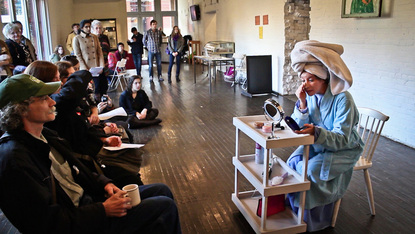 The SITES OF PASSAGE Performance Series moves from the garden to the indoor lobby, which serves as our new performance space. As the cold weather settles on this part of the world, we begin to prepare for major religious holidays and festivities. Performance artist, writer, and director Anya Martin does the same, only she views things from a different lens—a multifaceted one. Anya was brought up Mennonite. When I first met Anya I asked her what one of her earliest memories was. She told me that it was squirrel hunting with her father in the woods of Western Pennsylvania and the sound of the skin as it is being pulled back from the squirrel meat. She explains to me that she grew up poor, but this was also part of the culture and did not seem like a strange first memory to her. I grew up in Brooklyn, New York and although squirrels were a part of my life, the concept of “hunting” was very foreign to me. I just went to the bodega down at the corner when I was hungry. When you talk with Anya, similar to speaking with the Egyptian artists, she often doesn’t recognize cultural references…because television and radio was not a part of her youth. In that way, working with Anya can be like a cultural exchange. She describes the photos she used as inspiration: "The first one is of my Grandmother and her sister's holding up their first-born children. Although this looks like it was taken at the turn of the century it's actually about 1950. They are wearing traditional Mennonite head coverings and dress. The second photo is a picture of her holding my father as a child. The third photo shows the black head covering she would have worn out in public." Anya communicated with Egyptian women artists while creating the piece and explained in an e-mail conversation: Muslims, Mennonites, and Mommies explores the influence of religion and fashion as it relates to womenʼs head coverings. In a free society where women may choose to cover or not to cover their heads, what influences the choices they make in this regard? Religious Teaching? Societal Pressure and Cultural Norms? Familial Obligations? Personal Convictions?” I grew up in a very conservative Christian home in a denomination of Protestant Christianity called Mennonite. Mennonites traditionally dress very conservatively by western standards and Mennonite women used to commonly cover their heads by wearing what is called a prayer bonnet. The Biblical scripture that is often quoted as the reason for this is found in the New Testament in 1 Corinthians 11:2-13. By covering their heads traditional Mennonite women were supposed to show reverence for “Godʼs order of things” – meaning that Christ is to have authority over man, and man is to have authority over women. Women were also supposed to cover their heads while in prayer – and since one is to be praying all day long, women were to war their head coverings all of the time. (Except for sleeping of course.) However, in modern Mennonite teachings these verses have been reinterpreted through more researched Biblical translations. The mainstream Mennonite church no longer requires women to cover their heads. In my lifetime I witnessed the transition from almost all women wearing head coverings to virtually no women wearing head coverings. For example my Grandmother wore her hair in a bun along with a very traditional covering until the day she died. At first my mother wore her covering all the time, then only to church, and then not at all. After I was baptized I wore a covering to church a few times and then never again. In my research with my Mennonite family and friends on the topic of women’s head coverings, I found that surprisingly the strongest factor in women covering or not covering their heads was much more motivated by social peer pressure. If their church friends and family members wore head coverings they did too, and when friends and family members stopped wearing head coverings that was a big motivator for many of them to stop wearing them also. I am no longer active in the Mennonite church, however, I am still a Christian and my spirituality strongly influences my artwork, which is often rooted in social justice causes. I am also about to become a new mother of a little girl and am seven months pregnant. I will be about 8 months pregnant when “Muslims, Mennonites, and Mommies” premieres. Since I will be performing so obviously “with child,” I have decided to make this a part of my performance as well. Here is an edited version of Anya’s final performance. The final product included not only her unborn daughter, but also her husband! Anya is a brilliant border stretcher and crosser. She was greeted with many questions afterward about the process, the cultural symbols in the performance, and how to use humor as a bridge for crossing cultures.
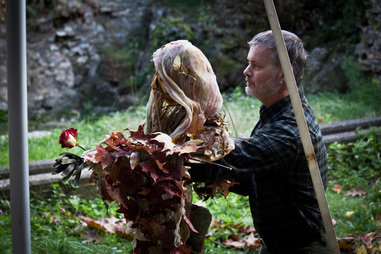 As fall gently cascaded down upon Pittsburgh, Firefly Performance Artist Mark Staley welcomed the seasonal change with a ritualistic performance of Celebration in the City, a poem by child psychologist Mandy Fessenden Brauer about her city, “old lady” Cairo. Encouraged by Egyptian Firefly Artist Marwa Benhalim (who knows the poet personally), Staley (an environmental activist himself) took the poem and created an intimate performance piece he calls Old Lady Leaf which asks audience members to acknowledge ecological hazards that Pittsburgh & Cairo both share. As the Autumn-focused sun highlighted bright, sculpted shades of leaves framed by crisp air, one could not help but visualize the perspective of this preservation performance. While soft city noises flow through dim-lighted streets and the Nile continues its steady passage to the sea I sit quietly, reflecting… My city, I tell myself, my beloved city, that old lady unable to breathe, unable to cleanse herself, trash blowing under cars, hanging onto fences, collecting like grimy islets in the majestic river. Old Lady leaf from Aaron Hollan on Vimeo. Staley set the scene for his performance with an elegant reading of the poem. The rippling water and rubble from Winifred Lutz's permanent installation in the museum's garden cradled Staley's poetic words with a layered sound of stone and organic design. As the performance transformed from formalization to a heedful & cherished movement piece, audience members began to hold their breath, afraid to make a sound that might disturb the sacred emergence of Old Lady Leaf. With great care, Staley raised her from beneath an assortment of human and natural debris, like the mix of leaves and Starbucks Coffee cups. Moving with the gentle beat of Munir Bashir's Arabic drums, which echoed off of the garden walls, Staley gracefully slid from caretaker of Old Lady Leaf to playing Old Lady Leaf herself. The audience, some still holding their breath, watched as the sacred grandmother managed to delicately pull a beautifully blooming flower from her chest. Gesturing a wordless plea, the audience understood. With great regard, She gives her heart; the harvested flower was passed to one of the younger audience members. As Staley morphed gracefully back from puppeteer to Old Lady Leaf’s caregiver, he laid her down to rest in a bed of mulch, mindfully removing cigarette wrappers and fast-food rubbish to build a bed of litter free compost. Speaking of harvest, professor Holly Thuma gathered a fruitful crop of students from her fall course "Voice and Speech" at The University of Pittsburgh. In her workshop performance One Hand; On Voice, Thuma directed her students in a courageous site-specific garden performance.
With the help of fellow Firefly artist Mark Bellaire on drums, the group dramatically took over the Private Prairie level of the garden using the ever-famous “chair” from Winifred Lutz’s permanent installation. The class shifted gears after Staley’s quiet meditation to a partisan political performance- producing publicly charged speeches taken from various artists, activists and politicians. With firecracker discharge and the help of Bellaire’s rhythmical beats, the class embodied the entire space with the pride of accomplishment. By using words from political speeches and movements through use of Thuma’s guidance, the performance demanded full focus from the audience. It is important to note that none of the student performers are theatre majors! The passion which rose out of them was easy to source as Thuma, who visited Egypt during the revolution, introduced the workshop performance. Reflecting on the hopeful nature of these multicultural speeches/performances, "Alhamdulillah" (or Hallelujah)- a term used to praise god in Islamic, Christian and Jewish traditions- comes to mind. 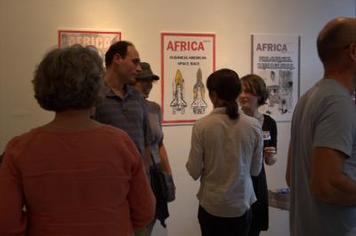 "Can you believe all of this extra security??" was one of the many initial reactions to the opening of Sites of Passage last Friday, Sept. 9, 2011. What many visitors did not realize (until later), was that the "security" was really made up of American artists posing as officers in collaboration with Sudanese artist Amado al Fadni's installation "Passport Agency". The idea was to subject Americans to the absurdity of bureaucratic processing which is often the norm for citizens in the Middle East when trying to come to America. In the run-around, unknowing participants in this act filled out a questionnaire in order to obtain a faux passport, and then were quizzed by artist officers, like Larry Bogad, about their hopes, dreams, and fears in order to obtain an entry visa to the show. Depending on the answers, some passed through freely, while others were sent on to more stamping scrutiny. "How long have you lived here?" asked artist officer Mark Staley. "My whole life," answered the unsuspecting visitor. "Wow, here in this museum?" Mark reprised as he put on a second pair of glasses to inspect the documentation. Others in line chuckled. "I just want to get in and see the show," another applicant complained while being shuffled between stations. "You should really talk to each other more so you can iron out all of these kinks," she advised.
Besides the insidious greeting of "Passport Agency", one installation of high note became "Tahrir (squared)" by Emily Lychack. Featuring rocks from the actual square where the revolution took place, along with a full-round of blown up photos of protestors, the space took on the flavor of actually being in Tahrir as visitors crowded to merge into the scenery. It quickly transformed into a great place for visitors to share their memories of the not-so-distant media frenzy.
And this was the aim all along: to get people talking about global issues; sharing ideas about possibility; discussing the world we live in order to understand new vantage points. "I am very pleased with how all of this turned out," noted Firefly Tunnels creator Tavia La Follette. "I mean, obviously there were some major issues with the Egyptians not being here right now, but look at how we managed!" she expressed, pointing to the slew of visitors publically engaged in internationally curated art. Sites of Passage will run until January 8, 2012. For more information about upcoming programs and events, see our MAIN PAGE. 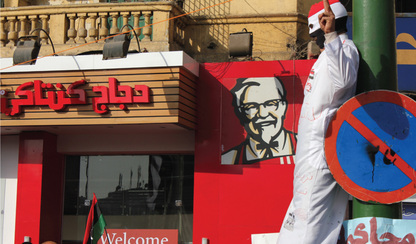 Egyptian protest in downtown Cairo, Tahrir Square Egyptian protest in downtown Cairo, Tahrir Square This summer, ArtUp Director/Founder Tavia La Follette has been busier than a family of beavers preparing for the annual dam convention. The only difference is that her Project, Firefly Tunnels, is far from backed up. Breathing life into the meaning of coordination, Tavia chewed away tirelessly at the forest of possibility to build a diverse program schedule with the wonderful staff at The Mattress Factory Museum. Early in June, Tavia began presenting her idea to the Hillel Center of Pittsburgh to initiate an effort for young Jewish artists to work professionally with Egyptians. While ideas spread like wildfire, an agreement was made to wait until students were back in order to give them the chance to be part of the planning process. "Something like this could be huge for our students to launch a career in the arts," Director David Katz said excitedly, with his group of graduate students majoring in everything from business to fine arts in mind. Meanwhile, Islamic Center of Pittsburgh's imam Atef Mahgoub welcomed ArtUp in with open arms, promising Tavia a place for Egyptians to pray. During an iftar she was invited to during Ramadan, Tavia was also able to set up a loose discussion panel for the visiting artists to explore a variety of topics with American Muslims. Continuing her quest to conjure a most meaningful experience for the surrounding community, Pittsburgh's Hope Academy was brought into the picture to help reach out to inner-city youth. The Academy's Executive Director Linda Addlespurger agreed on the benefit to setting up a series of workshops that will end with a theatre performance by the Academy's Hat Co. If all of this was not exciting enough, early this August, ArtUp received a grant from The Pittsburgh Foundation to provide additional support to continue developing the exhibit's programming! 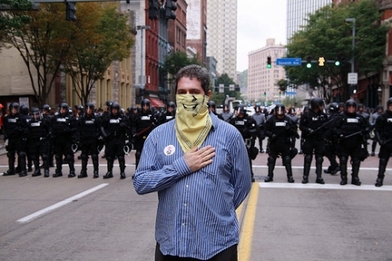 "The driving force for our work (this summer) has been to expose people to new cultures," Tavia explained. "We want to open a wider lense on global society than what is usually portrayed in popular media." "One of my collegues said it best at the end of one of her presentations: 'When you get to know people, you tend to want to kill them less.'," she chuckled. The Exhibition Sites of Passage will feature installations by a core of 11 American and 7 Egyptian artists. Highlights include the migration of a few pieces shown at in Cairo during a one-night-only show in August 2010, some work from the website's Online Gallery, a rotation of personallly lead tours, a community Bike Ride, as well as an unjulation of performances & events lead by visiting American Art Groups/individuals. For instance, UC Davis theatre professor Larry Bogad will visit Pittsburgh to give a dynamic performance exploring the Mattress Factory's garden during sunset. Later on in October, a puppet show by Mark Staley will explore Mandy Fessenden Brauer's poem "Celebration in the City: Cairo". As the months progress, local groups & artists will work virtually with Egyptian artists to help build a room on the Annex's Third floor Tharir Square, into a conversation about the Egytian Revolution. "Our biggest challenge has been coordinating Visas for the Egyptian artists," Tavia relented, describing how they now wait on the Status of a Petition P process to hopefully have the artists arrive in early December. If you are curious to know more about Firefly Tunnels, we invite you to attend a special presentation that will take place this Thursday, Sept. 22nd at 4:30 PM. Tavia will be explaining the depth of her current work and the challenges in cultural divsion between America and the Middle East. 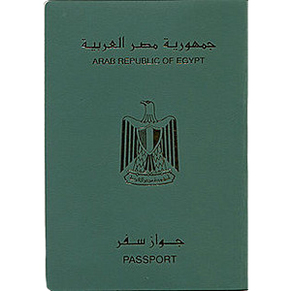 Opening night takes place this Friday, September 9th at 7:00 PM in the Mattress Factory Annex (Map location here) and will include live music by the local band Toys du Jour, some Egytian food, Henna tatoos, and a small Islamic-style market. For a full list of accompanying shows, activities, and workshops in Pittsburgh throughout the next 5 months, keep an eye on our front page. All artwork & programming was made possible by our Sponsors. |
The Official Sites of Passage BlogCategories
All
Archives
October 2020
|
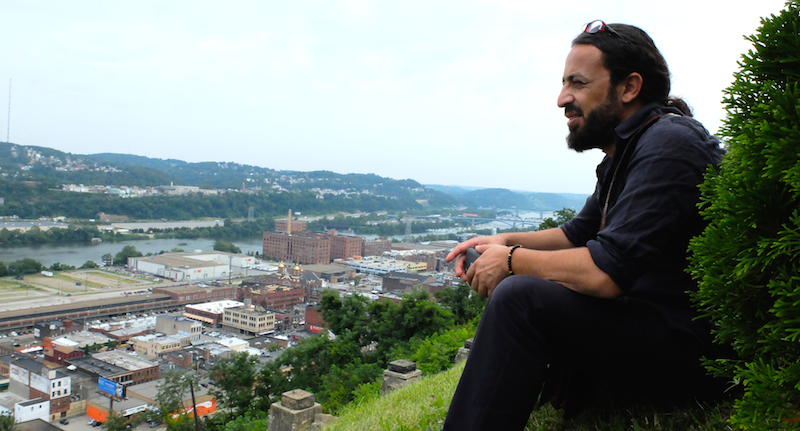

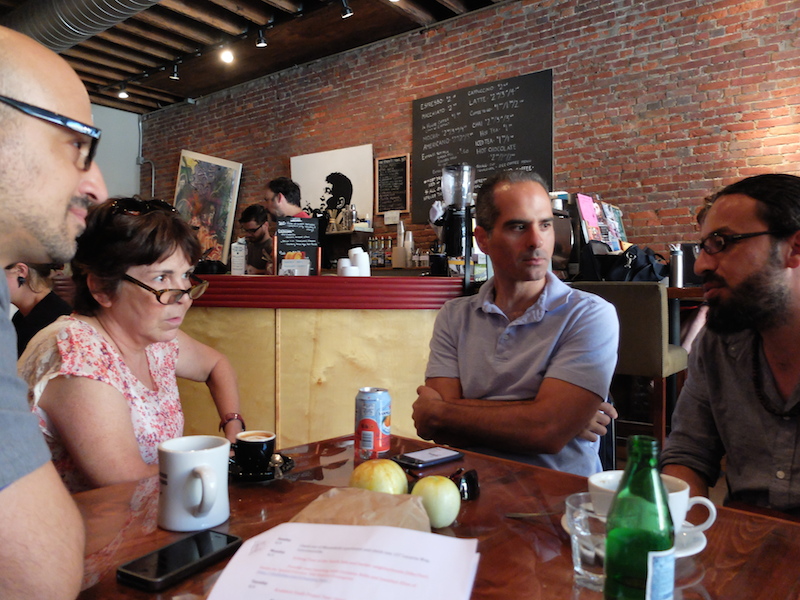
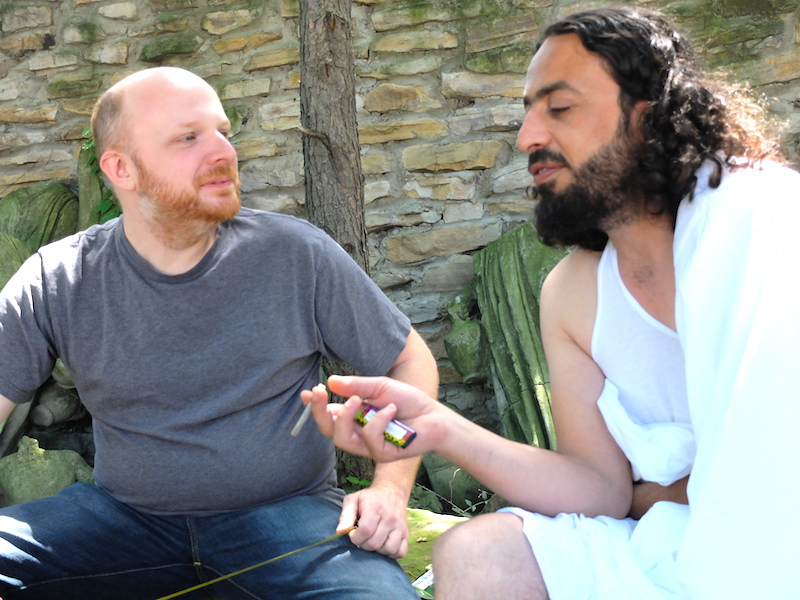
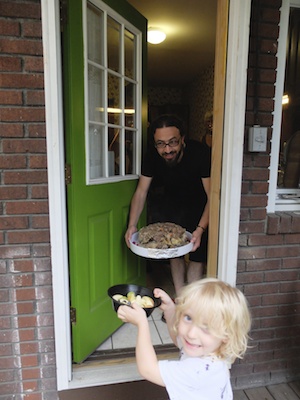
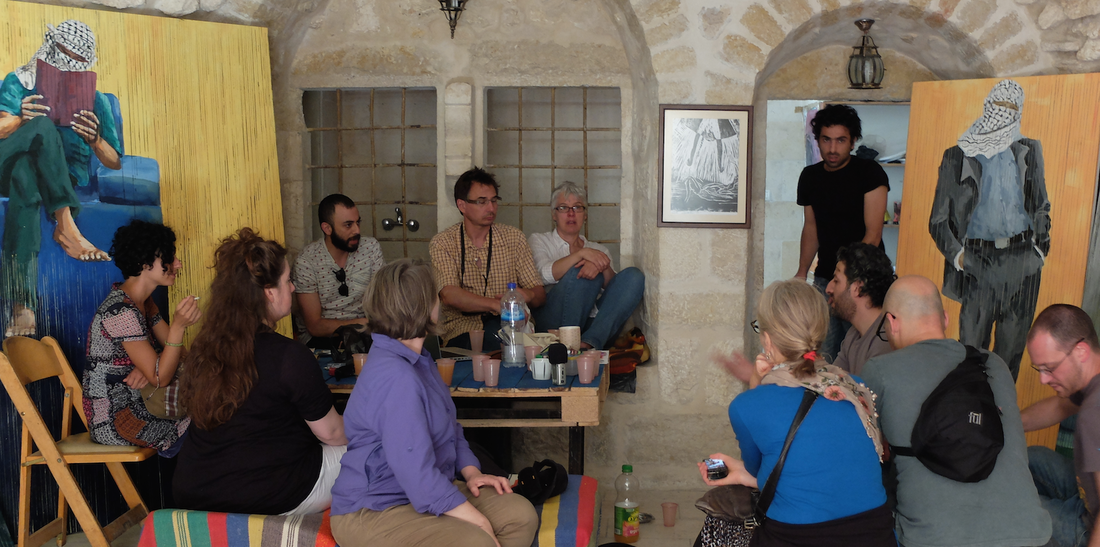
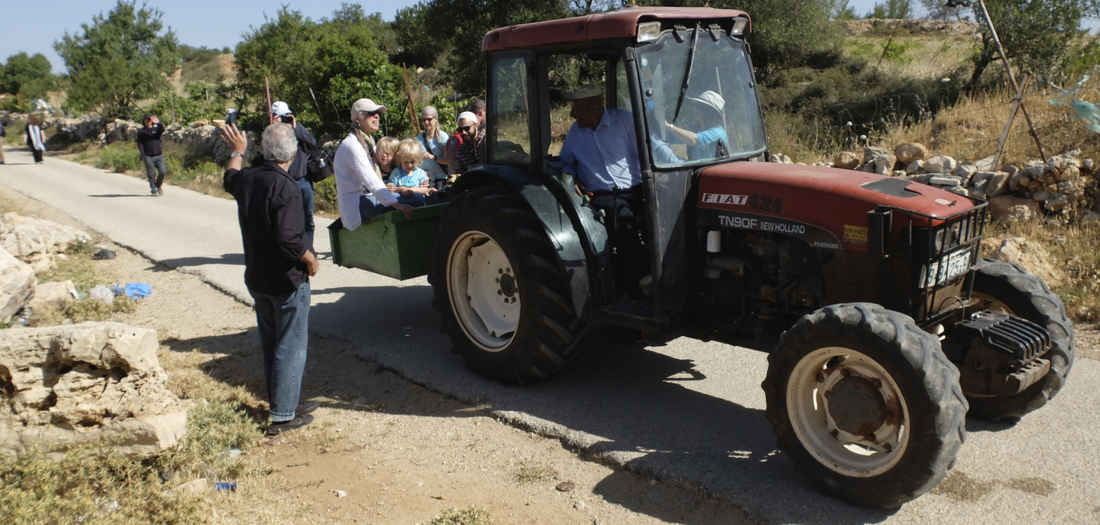
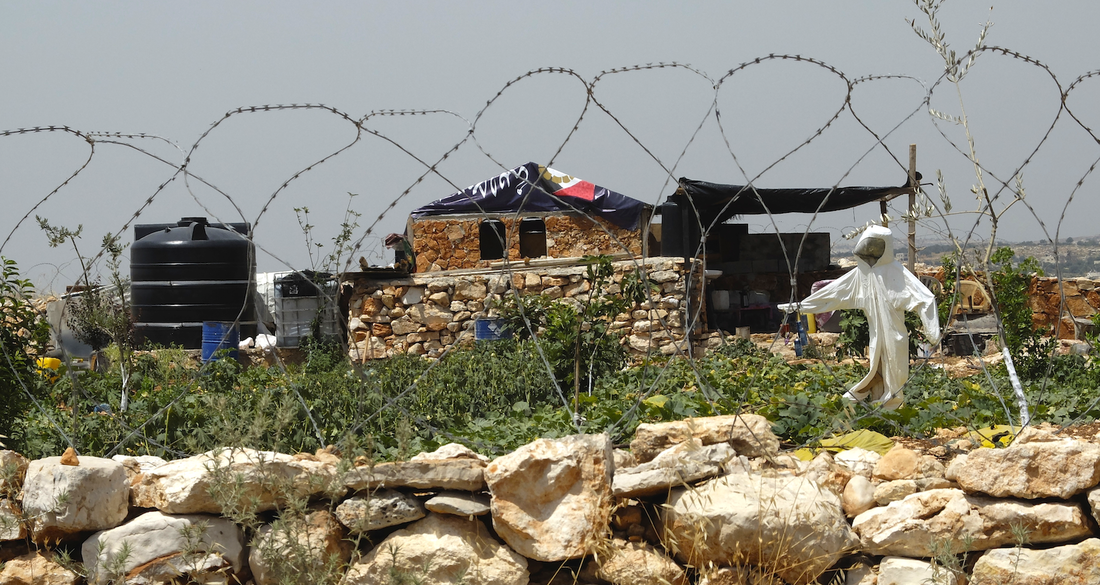
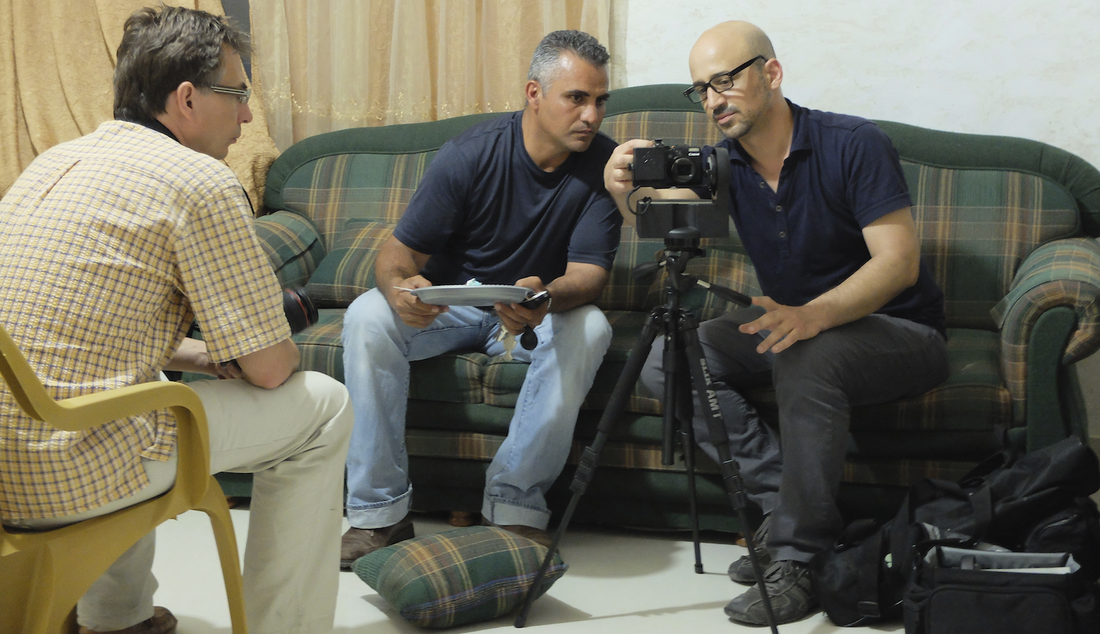
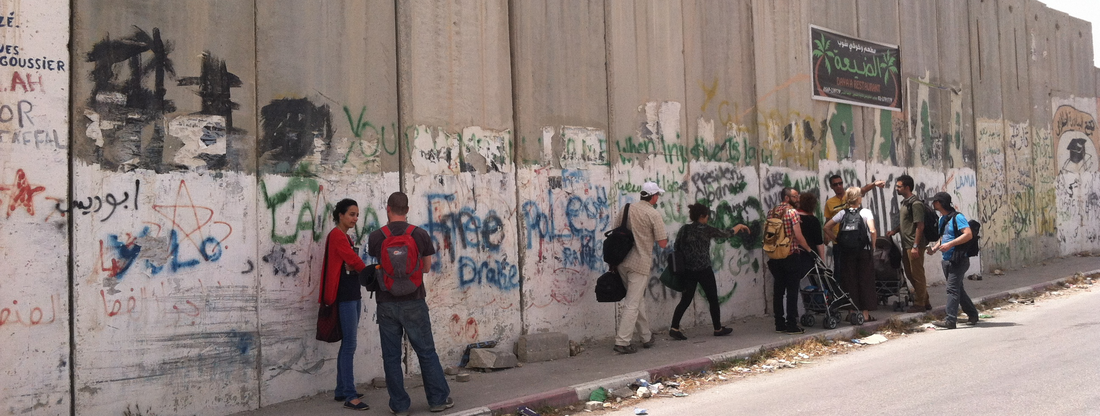
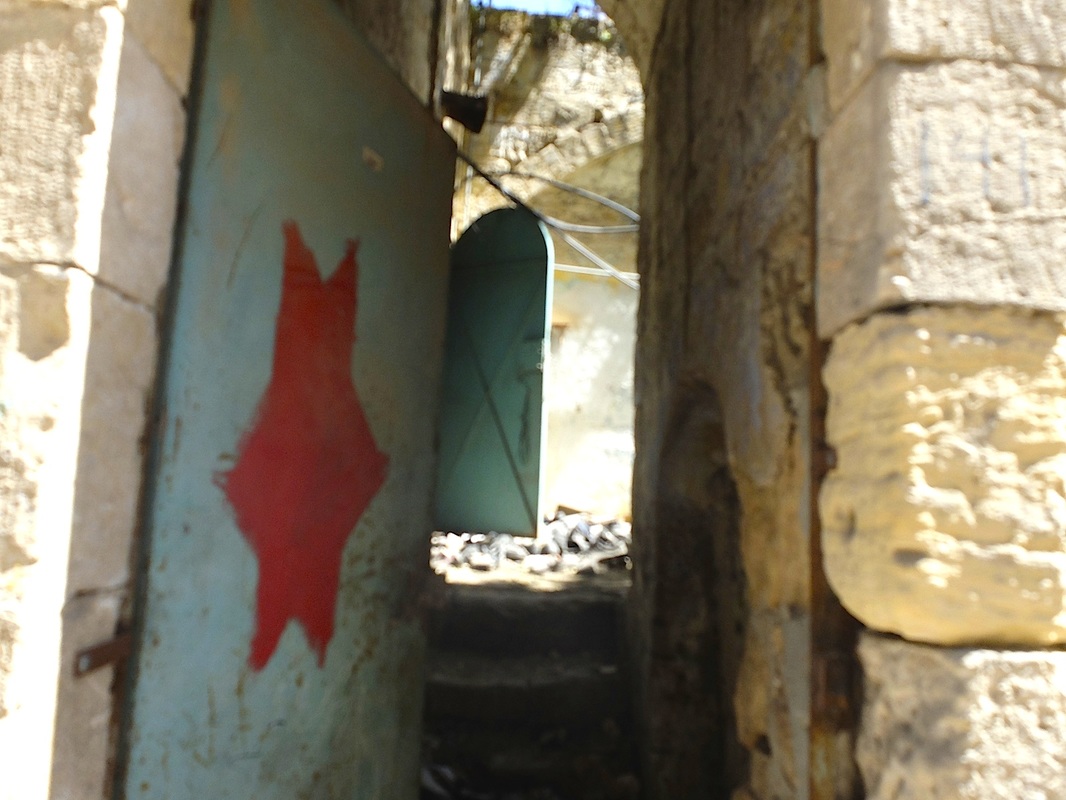

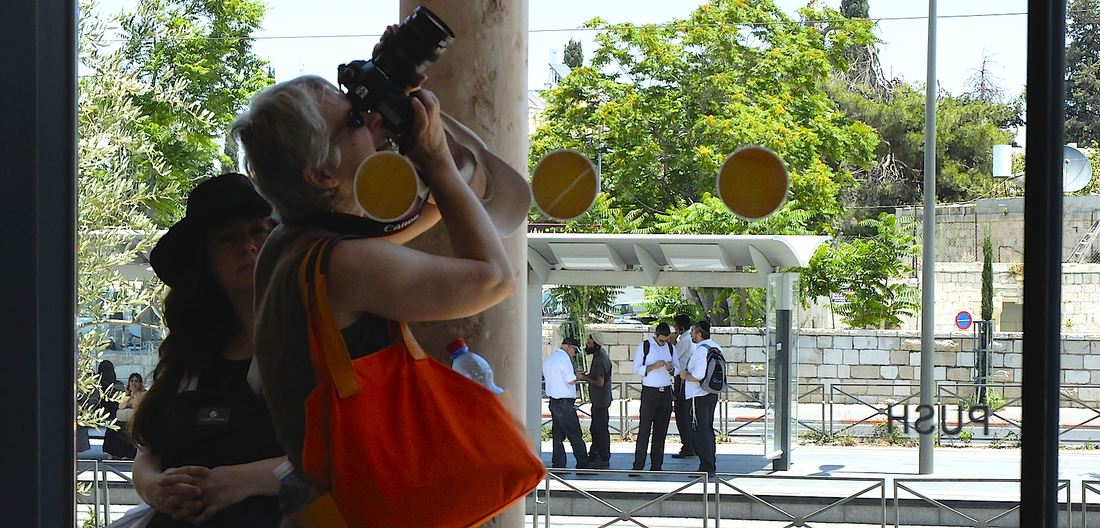
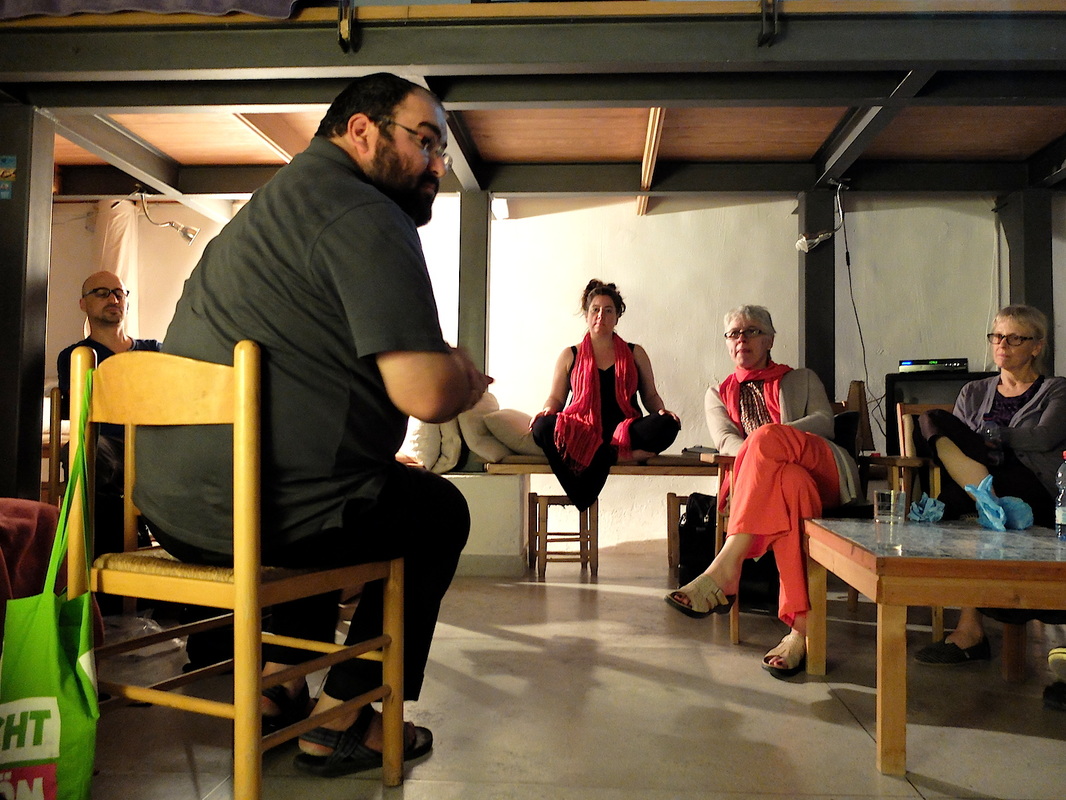
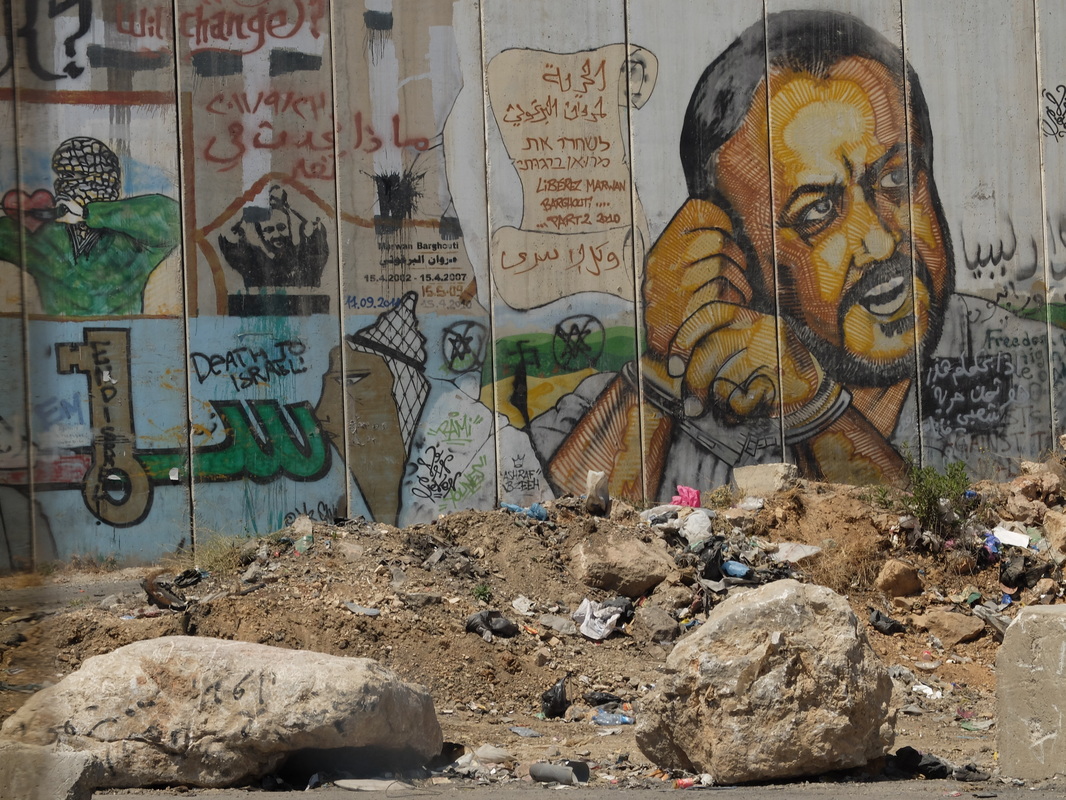

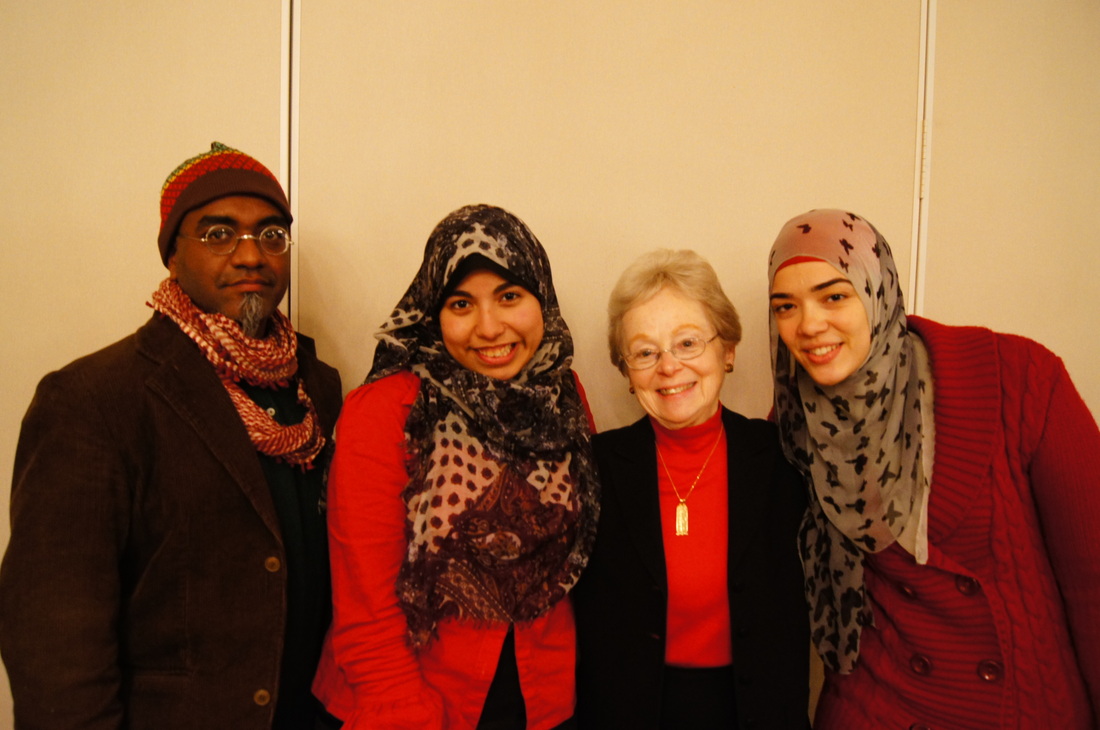
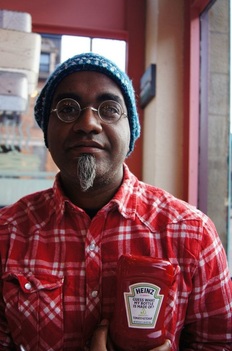
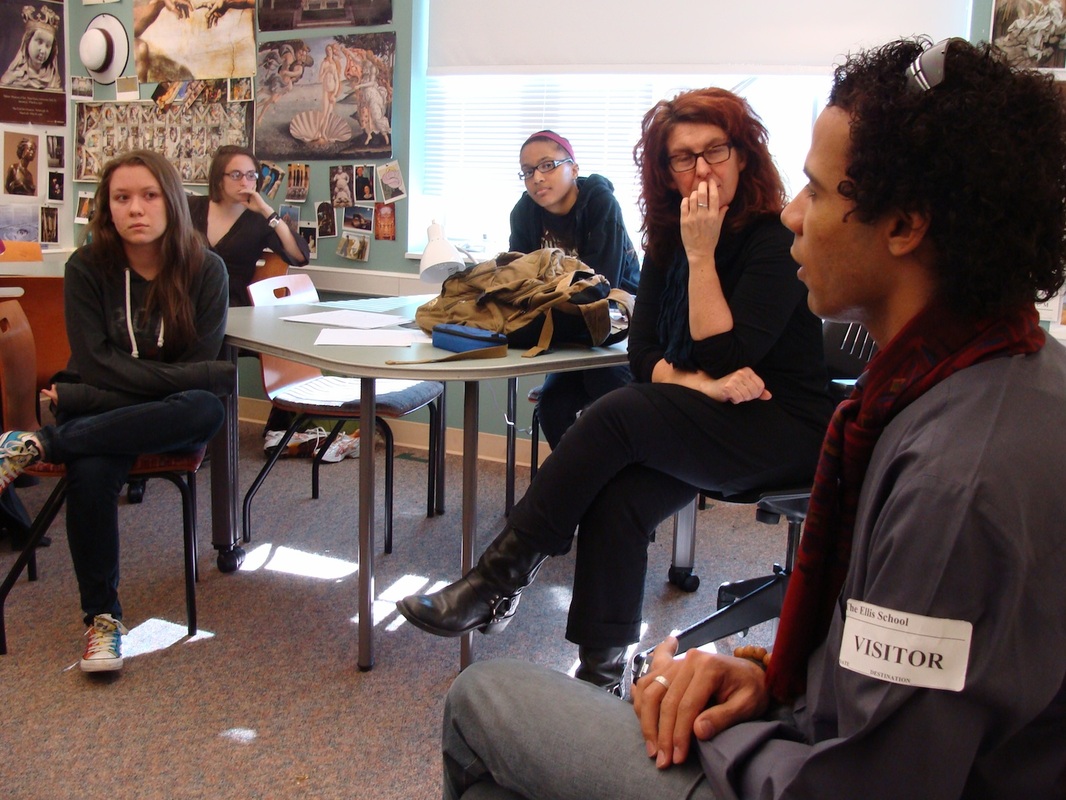
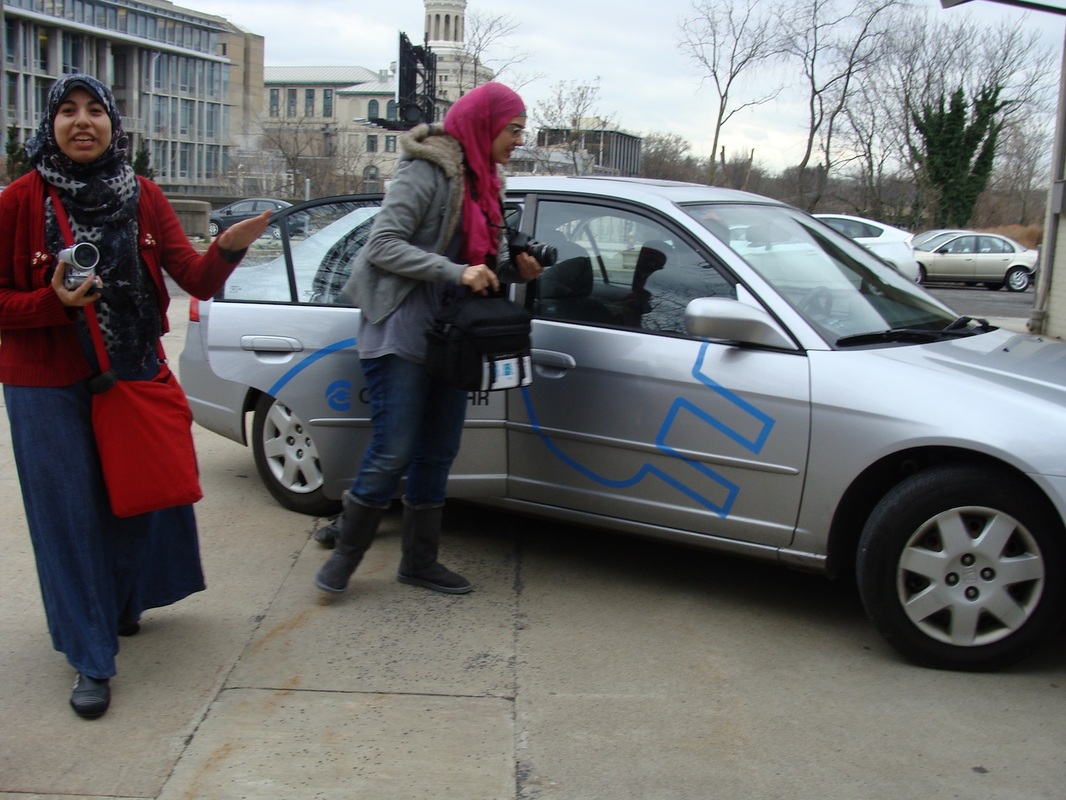
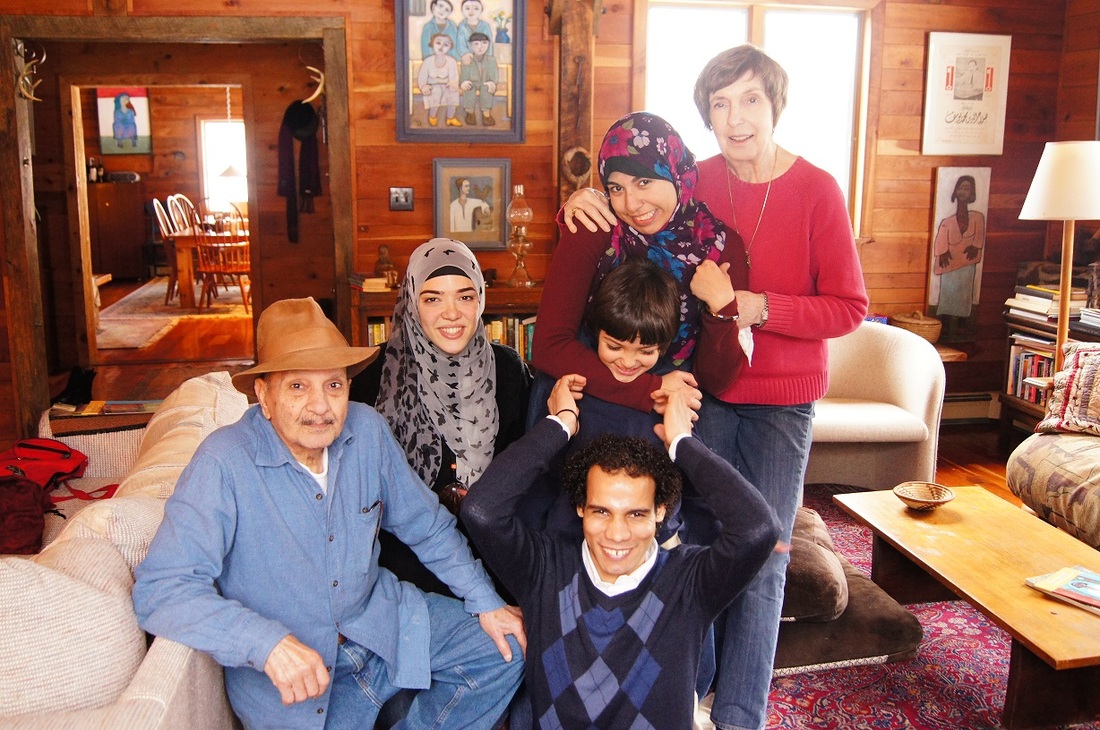
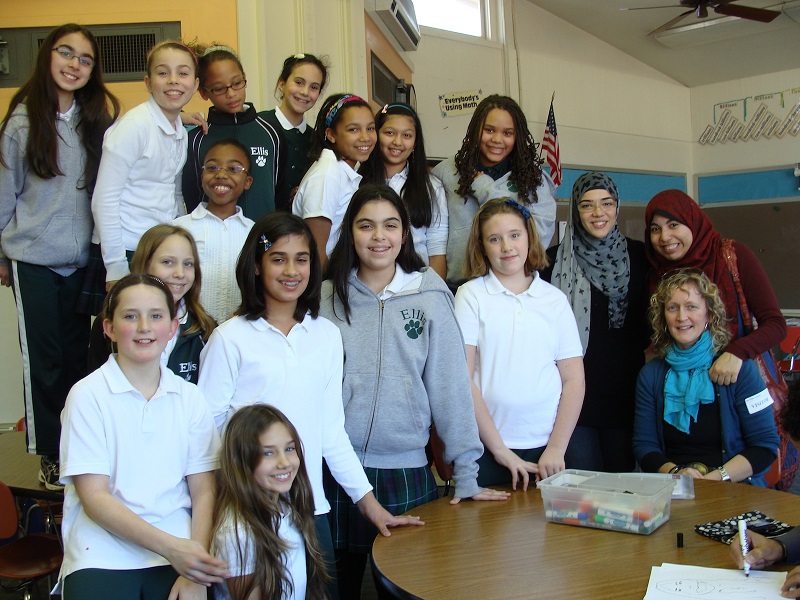
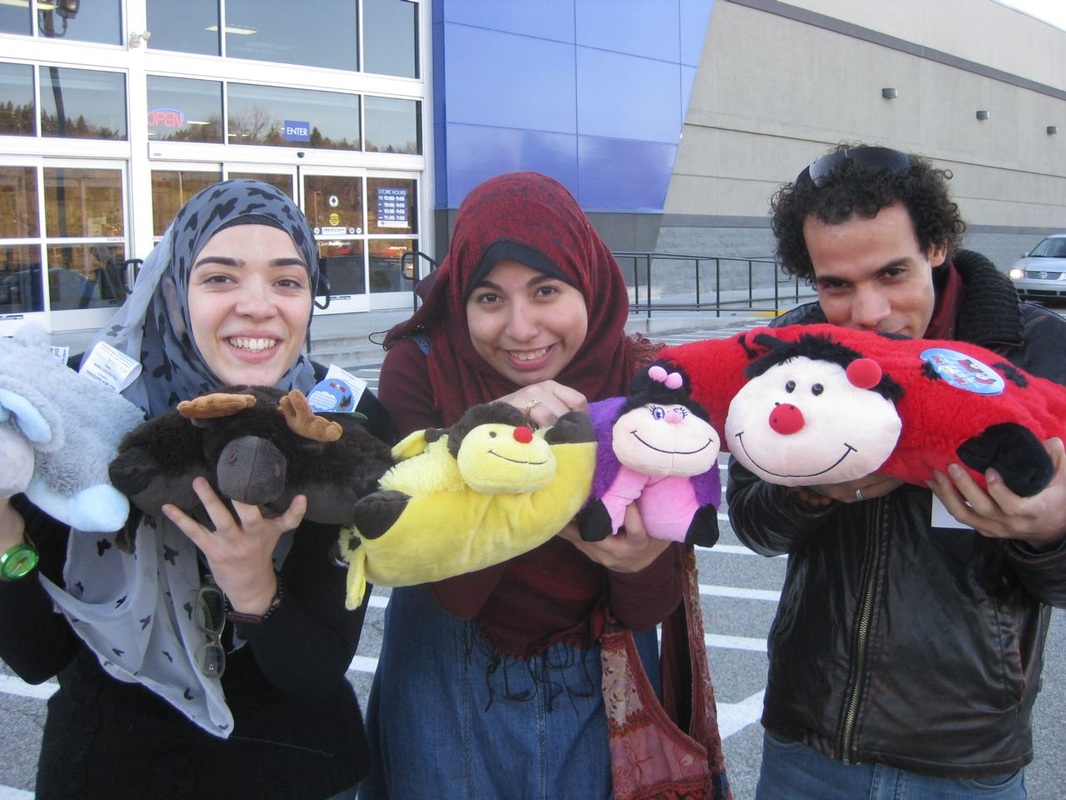
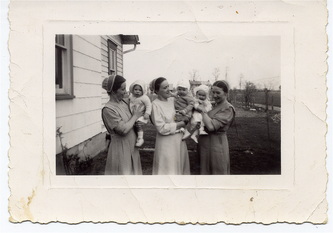
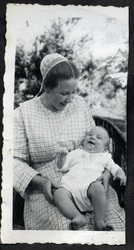
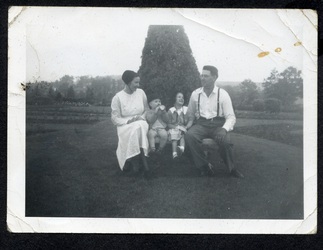
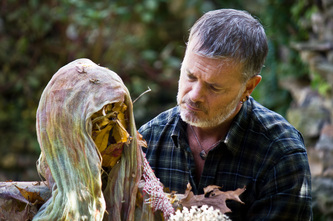
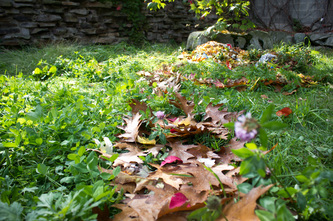
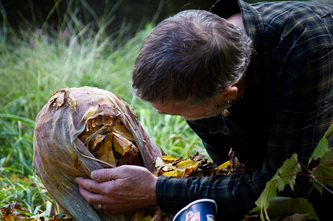
 RSS Feed
RSS Feed